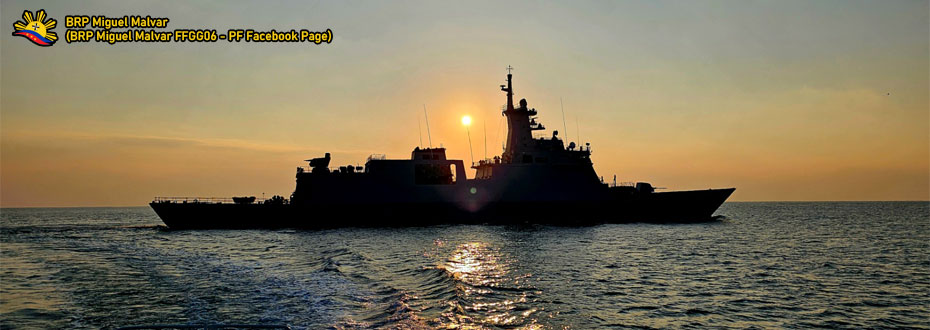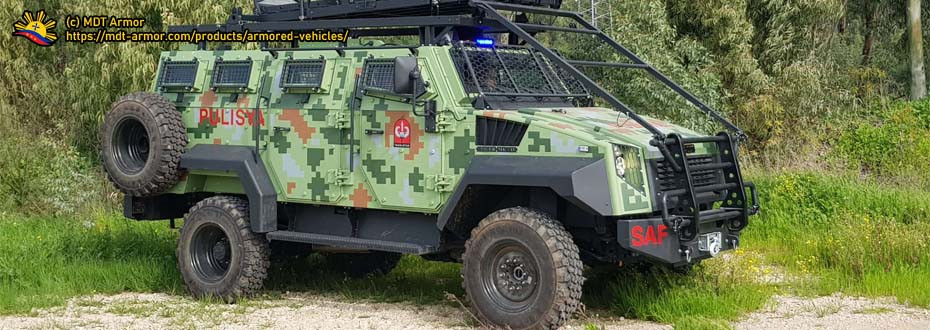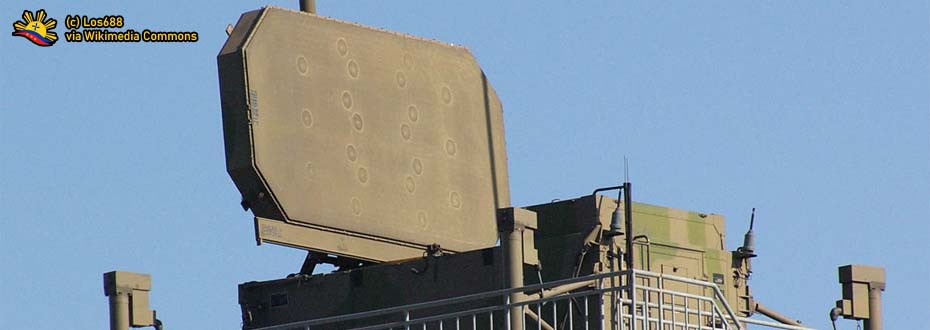INTRODUCTION: STRATEGIC CONTEXT AND REGIONAL OBSERVATIONS
China’s recent announcement and execution of large-scale military exercises, designated “Justice Mission-2025,” conducted on 30 December 2025 in the immediate vicinity of Taiwan, once again highlights the rapidly evolving security environment in the Western Pacific. More importantly, it disclosed how preparedness, geography, and infrastructure directly shape a state’s ability to respond to emerging contingencies.
Taiwan’s reaction was both swift and coordinated: the Republic of China Navy (ROCN) was able to deploy surface combatants and supporting assets with minimal delay, encountering no significant logistical or operational friction.
This level of responsiveness is not incidental. It reflects decades of sustained investment in forward-deployed bases, hardened facilities, and an integrated naval, air infrastructure designed to support continuous operations under pressure. Taiwan’s experience reinforces a broader strategic lesson: deterrence is not defined solely by platforms and weapons systems, but by the ability to move, sustain, and command forces at speed.
In this context, a clear contrast emerges with the Philippine posture in Northern Luzon. While the Philippine Navy (PN) maintains a presence through the Northern Luzon Naval Command (NLNC), the region continues to suffer from limited infrastructure depth and restricted operational flexibility. As regional military activity intensifies and strategic competition expands north of the Philippine archipelago, the development of Northern Luzon becomes increasingly critical. Strengthening this area is not merely a matter of regional development, but a necessary step in building a layered defense network capable of constraining external freedom of movement and reinforcing deterrence along the Philippines’ northern maritime approaches.
CHALLENGES WITH NAVAL BASE CAMILO OSIAS AS A NAVAL FACILITY
Naval Base Camilo Osias is officially designated as one of the four major naval bases of the Philippine Navy and is also included as a joint-use facility under the Enhanced Defense Cooperation Agreement (EDCA) with the United States. However, despite its formal classification, the base currently falls short of functioning as a fully capable naval operations hub comparable to Subic Bay or the future facilities planned in Cebu and Misamis Oriental.
At present, Naval Base Camilo Osias operates with limited infrastructure. The base features a modest airstrip and aircraft facility measuring approximately 870 meters in length, a handful of detachment offices, personnel barracks, and a small pier or wharf that is likewise shared with civilian fishing activities. In practical terms, the installation functions more as a naval station than a true operational base capable of sustaining major surface or air operations.
The existing pier infrastructure can only accommodate vessels below 100 meters in length. This restriction confines operational use to smaller ships primarily suited for littoral and near-shore missions within the waters of Cagayan and the Batanes group of islands. Such limitations significantly constrain the Philippine Navy’s ability to surge forces, conduct prolonged patrols, or support larger combatants in a contingency scenario in the Luzon Strait or surrounding areas.
 |
| Prospective plan for Naval Base Camilo Osias, an EDCA site in Santa Ana, Cagayan Province. |
STALLED DEVELOPMENT AND UNREALIZED POTENTIAL
The strategic importance of Naval Base Camilo Osias was highlighted in 2023 when it was designated as one of the additional EDCA sites. At the time, discussions between the Philippine and United States governments included proposals to upgrade the existing airstrip and construct a larger naval pier capable of supporting heavier vessels. These improvements were envisioned as force multipliers that would allow both nations to enhance operational reach, improve interoperability, and strengthen forward presence in Northern Luzon.
 |
| Via Philippine Navy. |
Despite these plans, visible progress on infrastructure development remains limited. The absence of tangible upgrades underscores a broader issue: strategic intent without timely execution risks leaving critical gaps unaddressed, particularly in an environment where regional military posturing continues to accelerate.
EXISTING SOLUTIONS AND PATHWAYS FOR IMPROVEMENT
Given its EDCA status, Naval Base Camilo Osias presents a viable platform for joint Philippine Navy-United States Navy development. The question, therefore, is not whether development is possible, but rather how it should be prioritized to generate the greatest operational value.
 |
U.S. Navy Lt. Cmdr. Michael Dobling, left, commander of Underwater Construction Team 2, gives a coin to a Philippine navy sailor at Naval Base Camilo Osias, Santa Ana, Cagayan, Philippines, May 11, 2018. (Kryzentia Richards/U.S. Navy)
Image Source. |
First, the construction of a larger and more capable wharf or pier is essential. Such a facility should be designed to accommodate offshore and major surface combatants, including the Del Pilar-class and the forthcoming Miguel Malvar-class frigates. Complementing this should be the establishment of dry dock or maintenance, repair, and overhaul (MRO) facilities. These would allow hull inspections, minor repairs, and sustainment activities to be conducted locally, reducing the need for vessels to return to Subic or Misamis Oriental and significantly improving operational endurance.
 |
Finger piers play a crucial role in naval base development.
Screen grab from Naval News. |
Second, the development of the existing airstrip must be addressed. Extending the runway would enable operations by larger fixed-wing aircraft such as the C-130H and C-130J-30 Super Hercules, greatly enhancing airlift, logistics, and rapid response capabilities. This effort could be undertaken as a joint initiative between the Philippine Air Force and the Philippine Navy, enabling a more integrated maritime-air operational framework. Such an upgrade would also support the sustained deployment of platforms like the Hermes-900 UAV and the ATR-72 Long-Range Patrol Aircraft, expanding surveillance, reconnaissance, and maritime domain awareness across the northern approaches.
Third, additional facilities to support Marine and naval personnel movement are required. Expanded barracks, command offices, and staging areas would allow the base to host rotational and forward-deployed units, effectively transforming it into a secondary operational hub rather than a purely administrative outpost.
HISTORICAL PRECEDENT AND OPERATIONAL LESSONS
The 2013 Balintang Channel incident between the Philippines and Taiwan offers a clear illustration of the advantages conferred by forward naval infrastructure. During the incident, the ROCN rapidly deployed twelve naval vessels, including destroyer-type ships, to monitor and escort Philippine naval elements operating in the area. This demonstrated how proximity, readiness, and infrastructure can decisively shape operational outcomes, even in limited or non-kinetic confrontations.
 |
Taiwanese drills that took place in the Bashi Channel at the climax of the 2013 incident.
Screen grab from Formosa News. |
For the Philippines, this episode highlights the importance of having a credible and sustained naval presence in the northern region. A capable base in Northern Luzon would not only improve response time but also enhance the ability to monitor, deter, and limit the movement of external actors within Philippine waters and adjacent maritime corridors.
LONG-TERM STRATEGIC BENEFITS
The development of Naval Base Camilo Osias addresses multiple structural challenges facing the Philippine Navy. Beyond extending operational range and endurance, such an investment would help mitigate congestion at Subic Bay, particularly as major naval operations are expected to cease there by 2028 as they now slowly transition to the smaller Nabasan Wharf.
More broadly, decentralizing naval assets reduces the risk associated with over-concentration in a single location, enhances survivability in a conflict scenario, and provides greater flexibility in force deployment. A strengthened Northern Luzon naval facility would fill existing gaps in the Philippine maritime defense posture, reinforce coverage of vulnerable sectors, and contribute to a more resilient and layered maritime domain defense architecture.
In strategic terms, the development of Northern Luzon is not merely an infrastructure project, it is a necessary step toward aligning Philippine naval capabilities with the realities of an increasingly contested regional security environment.
CONCLUSION: STRATEGIC IMPLICATIONS AND THE WAY FORWARD
The case of Naval Base Camilo Osias illustrates a broader structural challenge facing the Philippine Navy: the gap between strategic intent and operational capability. While the base occupies a geographically vital position and carries formal designation as a major naval facility and EDCA site, its current limitations prevent it from fulfilling a decisive operational role in Northern Luzon. Without meaningful upgrades, the base remains constrained to low-end, near-shore missions, leaving a critical gap in the country’s northern defense posture.
Developing Naval Base Camilo Osias is therefore not a discretionary enhancement but a strategic necessity. Investments in pier infrastructure, maintenance facilities, airfield expansion, and personnel support would transform the base into a credible forward operating node. Such development would enhance deterrence, improve response time, and enable sustained presence in one of the most strategically sensitive corridors of the Philippine maritime domain.
In the long term, this approach supports the decentralization of naval assets, reduces overreliance on Subic Bay amid its impending operational drawdown, and increases survivability through dispersal. More importantly, it aligns Philippine naval planning with the realities of a contested regional environment where speed, proximity, and sustainment increasingly determine strategic outcomes.
Ultimately, the development of Northern Luzon, and Naval Base Camilo Osias in particular, should be viewed as a cornerstone of Philippine maritime defense. It represents an opportunity to translate geography into advantage, partnerships into capability, and strategy into credible operational presence.
(c) 2026 PDA and DreTheGrater.

































.png)




